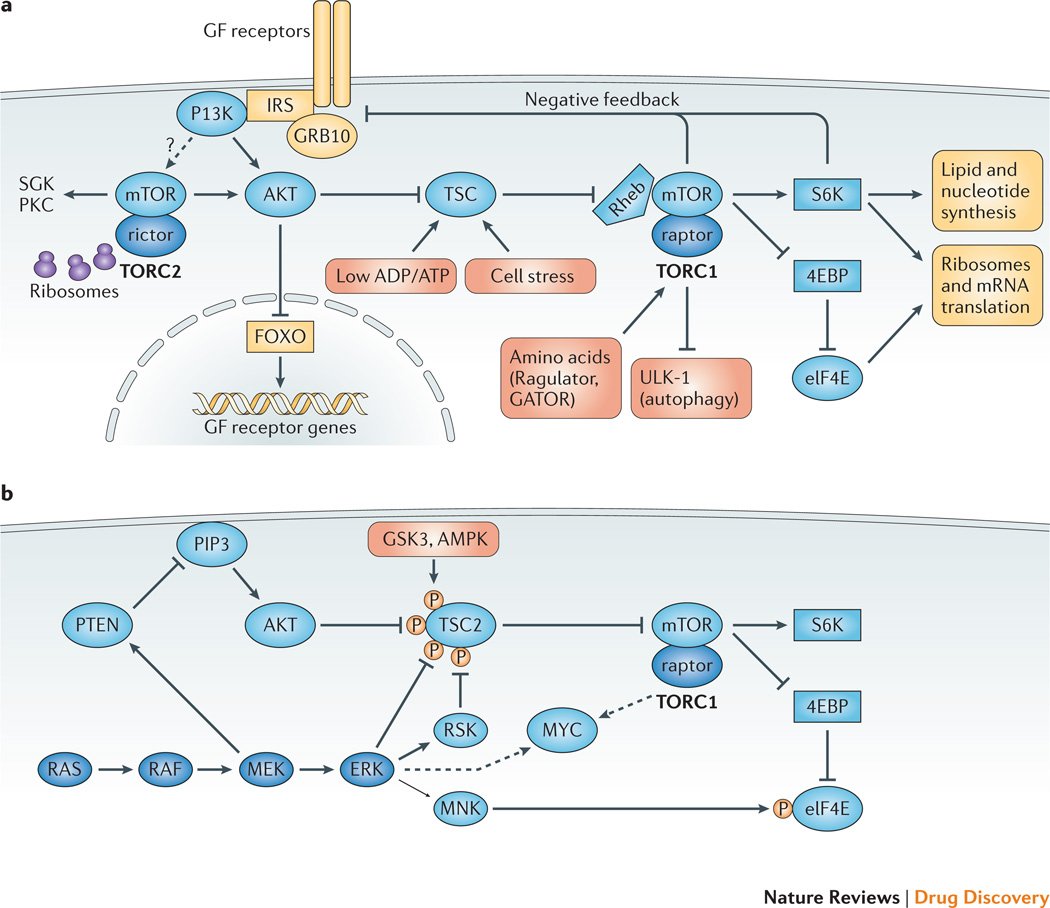Figure 2. Complexity, crosstalk and feedback in the PI3K/AKT/mTOR signaling network.
(A) The TORC1-TORC2 network and key feedback mechanisms. The mTOR serine-threonine kinase forms two multi-protein complexes whose defining subunits are raptor (TORC1) and rictor (TORC2). TORC2 activity is stimulated by association with ribosomes and by growth factors through a poorly defined mechanism, which may involve PI3K. TORC2 promotes stability and activity of AKT and other kinases including serum- and glucocorticoid-induced kinases (SGKs) and protein kinase C (PKC). TORC1 is a signal integrator whose activity is tuned by diverse inputs. Growth factors, energy sensors and cellular stress converge at the level of the TSC complex (TSC1/TSC2/TBC1D7), a negative regulator of TORC1 with GAP activity towards the Rheb GTPase. Amino acids regulate TORC1 through the Ragulator and GATOR complexes. TORC1 promotes anabolic programs through many substrates, of which three classes are shown: S6 kinases, eukaryotic initiation factor-4E (eIF4E)-binding proteins (4E-BPs), and autophagy regulators (ULK1, etc.). TORC1 activity exerts feedback control on growth factor signaling. One canonical feedback pathway is initiated by S6 kinase-1 (S6K1), a TORC1 substrate, which phosphorylates adaptor proteins of the insulin receptor substrate (IRS) family to attenuate growth factor receptor signaling to PI3K and RAS. In parallel, TORC1 suppresses growth factor receptor signaling by phosphorylating the GRB10 adaptor protein. AKT activity triggers a feedback mechanism that suppresses growth factor receptor expression and signaling. Through phosphorylation and inactivation of Forkhead Box Subgroup O (FOXO) transcription factors, active AKT reduces the transcription of FOXO target genes including several growth factor receptors. (B) Redundancy and feedback between the RAS-RAF-MEK-ERK and PI3K/AKT/mTOR signaling networks. ERK and downstream kinase RSK can compensate for AKT in the activation of TORC1 via inhibitory TSC phosphorylation; GSK3 and AMPK phosphorylation of TSC2 increase its ability to suppress TORC1 activity. MNK kinases phosphorylate eIF4E to provide a distinct signal to increase cap-dependent translation. ERK and mTOR independently promote accumulation of MYC oncoproteins. Mutual feedback inhibition is a feature of the two pathways: MEK activity suppresses PI3K signaling by promoting PTEN membrane localization, while TORC1 activity suppresses RAS activation through mechanisms shown in Figure 3.

